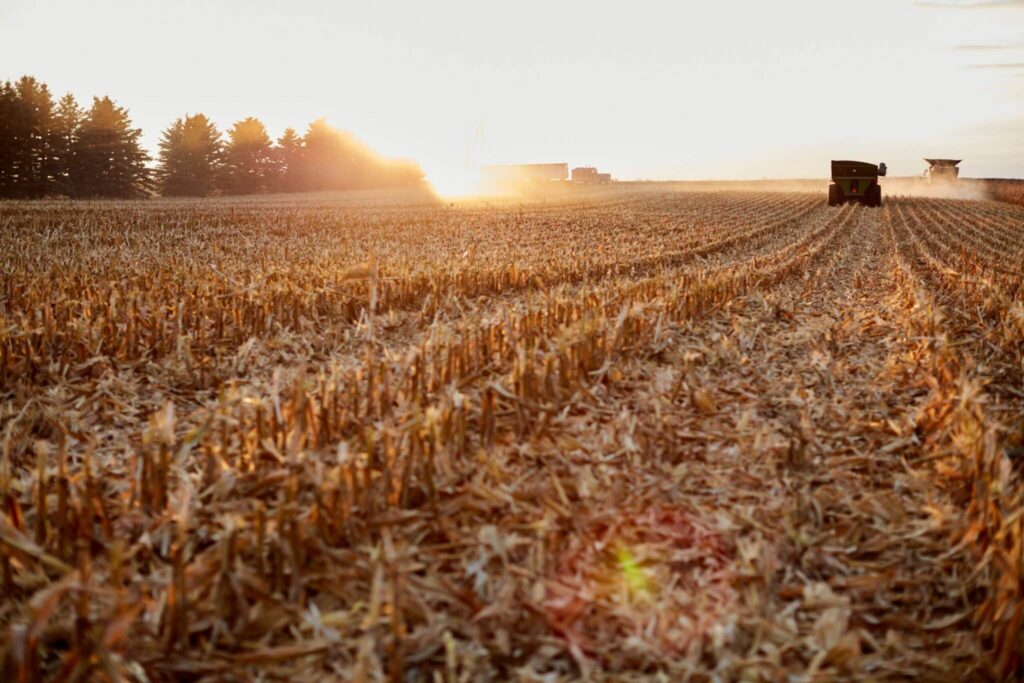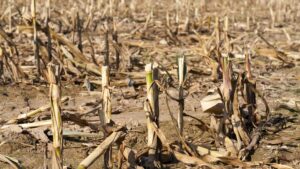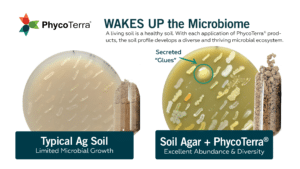There are few crops as frustrating after harvest as corn. The stalk residue can pop tires, delay spring warm-up, increase NPK availability, and get in the way of spring planting. You may end up asking yourself, “How can I better manage my corn stalks after harvest?”
A common practice for dealing with corn residue is tillage, which is thought to increase the decay rates of stalks. Yet, recent studies suggest only a biological process can influence decay rates. The factors that influence residue breakdown rates include temperature, moisture, soil conditions, nutrient supply, and the activity and diversity of your microbes.
Before you rush to till the post-harvest corn residue in your field, consider the following.
Corn stalks are great ground cover. Leftover stalks insulate fields, smother early spring weeds, and mitigate wind and water erosion.
Corn stalks can be a great food source as they decompose for cover crops. With strategic planting, cover crops help break down post-harvest residue and cycle nutrients back into the soil for your future crops.
Corn stalks can be used for grazing cattle and bedding. Your livestock can consume the stalks, which reduces their feed cost. Their manure then adds nutrients back into your field. Stalk residue can be baled like straw and is a profitable way to reduce residue. However, baling can leave the soil susceptible to erosion and depletes the supply of nutrients available for recycling.
Corn residue is a great food source for your microbiome if beneficial microbes are active. Having corn residue in your field isn’t a problem, unhealthy soil with starving microbes is. Microbes in the detritusphere (where your corn residue exists, and the soil begins) can help decompose corn stalks so your fields are ready for planting come spring. 75% of soil microbes in farm soils are either dormant or inactive due to starvation. To wake them up, they need a carbon-rich product like PhycoTerra¬®.
Once awake, microbes can help decompose leftover stalks and recycle residue NPK into your soil. This cost-effective practice has been proven to save growers:
- $7 to $14 per acre in NPK release
- $10 per acre in warmer soil at planting
- $7 to $10 per acre in tillage savings
- $12 per acre in reduced tillage carbon credit
This is a $36 to $46 savings per acre if you leave your corn stalks in the ground! By adding PhycoTerra¬® to your post-harvest applications, growers have seen a 36% reduction in crop residue when it’s time to plant, and a 5-degree temperature increase at planting, all while improving their soil health and supporting the soil microbiome.
It can feel risky to take a chance and change the way things have been done, especially on family farms that operate the same way for generations. Growers interested in seeing what kind of impact feeding soil microbes can provide can always do a side-by-side test on their field or talk with an expert to learn more before making changes.









